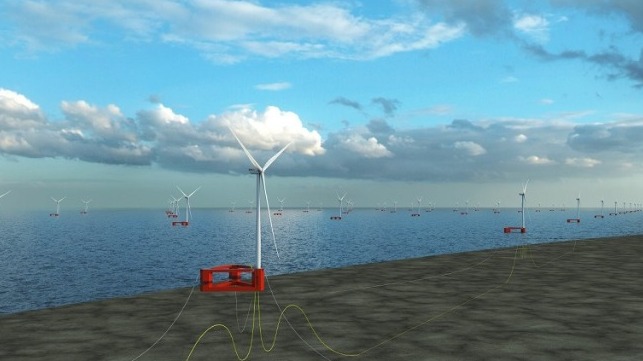Equinor Plans to Go Big With Floating Wind off South Korea

Norwegian state oil major Equinor, the developer of the world's first grid-connected floating offshore wind farm, is planning massive new deployments of this still-maturing technology off the coast of South Korea.
Equinor has signed an with Korean East-West Power (EWP) to cooperate on 3 GW of offshore wind projects in South Korea. The Korean government has set out an ambition to grow renewables by about 60 GW by 2034, including a target of 12 GW of offshore wind by 2030.
Equinor’s partnership with EWP, one of Korea’s state-owned power generation companies, will give it an early entry into this brand-new market. In Korea, it will be able to leverage the proven offshore-construction skills of Korean shipbuilders, as well as its own offshore-industry supplier relationships.
“Together with EWP, we are ready to contribute to the country’s plans, in the short and the long-term. We want to develop the first commercial floating offshore wind farm in South Korea. We have worked with the Korean supply chain for many years and know its qualities and capabilities. We see a big potential to leverage our experience in building a new industry together with Korea’s world-class supply chain," said Pål Eitrheim, executive vice president in Renewables in Equinor.
Given the water depths, new floating solutions will be required. Equinor said that in Korea, it will not be using its unique Hywind spar platform design, which it deployed at the world's first floating wind farm. Instead, it will be substituting the new "Wind Semi" semisubmersible platform it unveiled for Scotland's giant ScotWind offshore wind tender. According to the firm, the new platform is more dependable than the Hywind spar. "By introducing a passive ballast system, the Wind Semi has a simple substructure design, reducing the risk of system failure," Equinor said in a statement earlier this month. "[It has] a flat plate design that is free from bracings, heave plates and complicated nodes that are prone to fatigue cracking."
